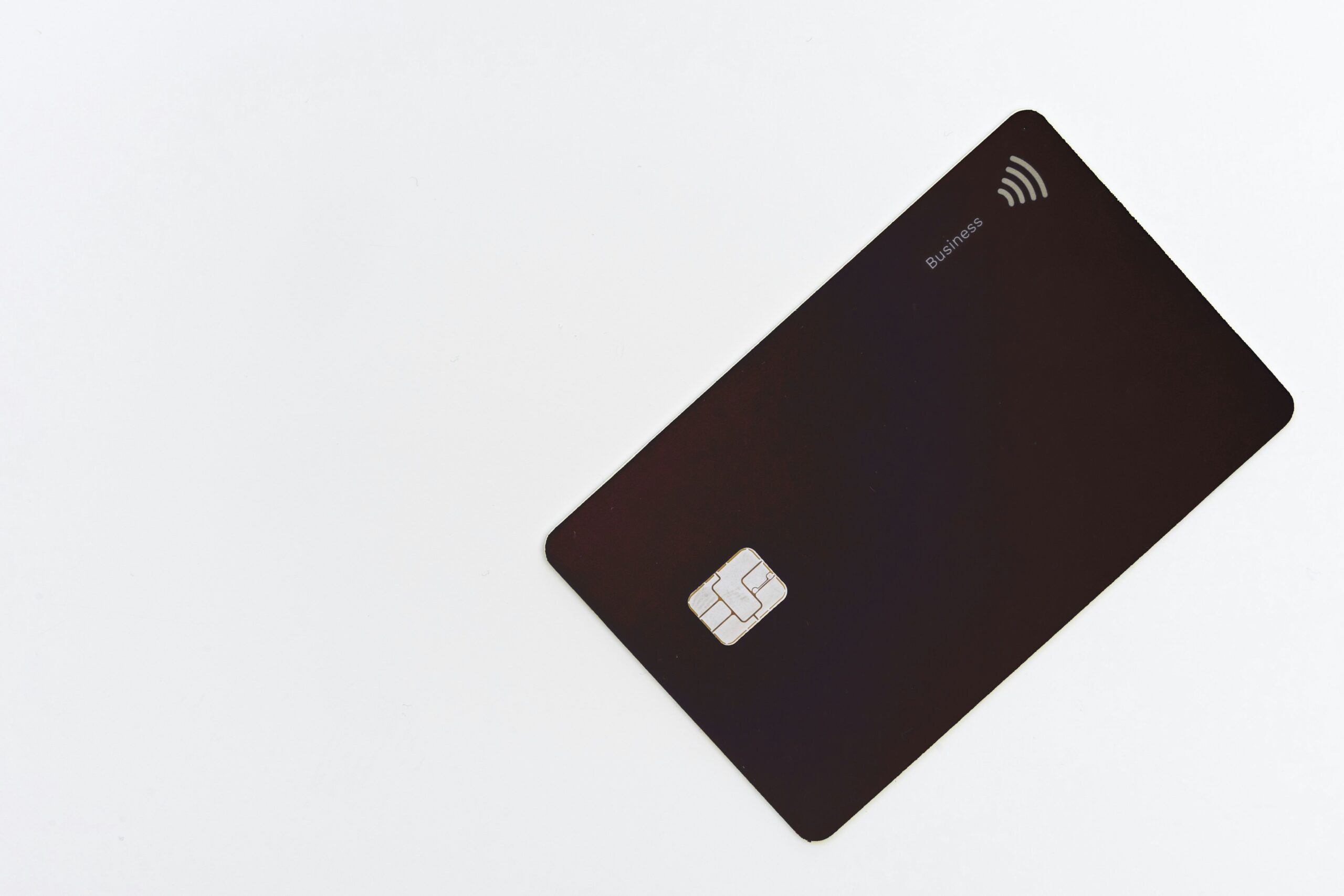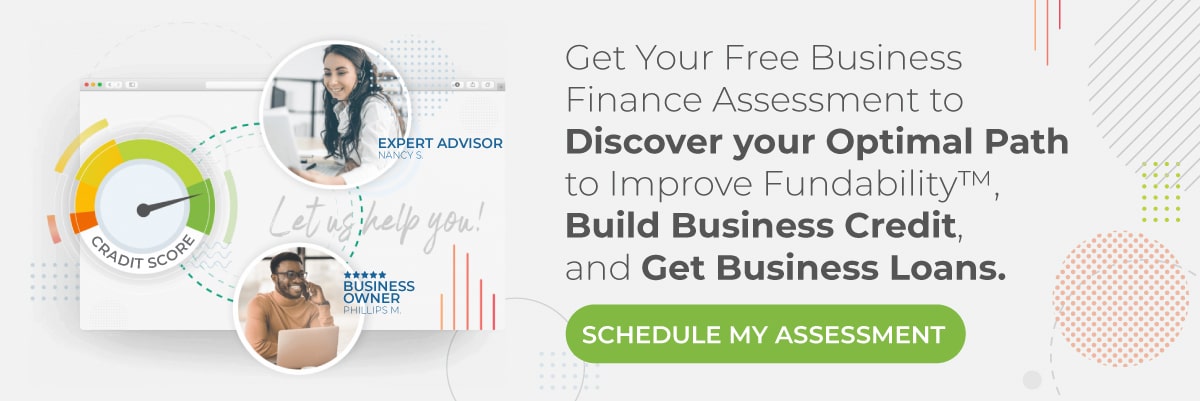How to Liquidate Credit Cards
Limited cash flow is one of the biggest growing pains of running a business. Don’t worry, it happens to the best of us, and there are a lot of ways you can get out of that pinch.
Your business credit card can be extremely useful when you need cash ASAP. Let’s look at the many ways you can turn your credit into cash.
Use a Cash Advance
When you liquidate credit cards, the first instinct is usually to take advantage of the cash advance feature. Essentially, a credit card cash advance is a loan against your line of credit. Card issuers set different limits you can advance, which you can see on the “cash advance limit” on your credit card statement.
Taking out a cash advance is a pretty straightforward process, similar to withdrawing money from your savings account with a debit card. Typically, you put your credit card into an ATM, select the cash advance option, and take out your desired amount of cash. Just like that, you have the cash you need to pay for crucial business expenses.
However, there’s a huge drawback to a cash advance. Most card issuers place up to 20% to 30% APR on top of your principal loan, since it is essentially an unsecured loan. Unless you can pay it all off on time, this could lead to bad credit and another hurdle for future you.
Plus, some banks charge convenience fees on top of interest for a cash advance–another expense that you don’t need.
If you don’t want to take these risks, there’s a workaround to paying high APRs for credit card cash advances: transferring the balance to 0% APR credit cards. Before you proceed, however, check with your financial advisor or business attorney to see if this method won’t violate your local laws or bank’s terms and conditions.
Transfer the Balance to a 0% APR Credit Card
No one wants to pay a 20% to 30% APR cash advance APR, especially if you’re already in a financial pickle. One way to avoid a huge interest rate is to transfer your balance to a 0 APR credit card.
Here’s how to do it:
- Choose the best credit card with a high cash advance limit. Check out the best business credit cards that only require an EIN, like Capital One Venture Rewards (the best travel credit card) or an American Express Card for business. These cards also come with great rewards, such as a waived annual fee.
- Sign up for a 0% balance transfer credit card. Get two or more credit cards that will let you do a balance transfer for 0% interest charges for at least 12 months. Make sure the cards will cover the amount you plan to liquidate.
- Transfer the balance. Take out the amount you need from the high cash advance limit card, then transfer the balance to your 0% interest rate cards immediately.
Refund Negative Balances
Sometimes, you might end up with a negative balance on one or more of your accounts, especially if you use different types of business credit cards. This usually happens when you overpay your credit card balance or cash out too many of your rewards.
If you need cash, you can ask your credit card issuer to refund the negative balance on your credit limit. This method is ideal if the amount is significant, around $1,000 or more.
When you submit a refund request, the bank will issue the refund through a check or direct deposit, generating instant cash. Most business credit cards allow you to do this via phone or online request.
Alternatively, you can leave the negative balance as it is while you decide the next best course of action. Most banks will wait 60 to 90 days before issuing a refund. Moreover, there’s no risk of accruing interest since, technically, the bank owes you. You can use this time to catch up on other bills and decide whether you want to refund the negative balance or continue using the card.
Pro Tip: Consider using rewards or buying gift cards for extra cash.
Use Convenience Checks
Another way of liquidating credit cards into cash is using convenience checks. These checks typically come with your credit card statement in the mail. If you opted out of physical copies, you might have the option of requesting convenience checks from the issuer.
A convenience check is a check you can write out to anyone and operates the same way as a cash advance, coming with interest and fees. This type of check will allow you to pay for expenses when credit cards are not an option, such as when paying rent.
Additionally, you can write out the check to yourself to generate cash during emergencies. You can even use a convenience check to pay for other credit cards if you employ credit card stacking and have multiple business credit cards.
Banks won’t accept convenience checks from themselves, so you have to use a convenience check from another bank account to pay for a bill from another credit card company.
Again, be mindful of the APR and fees that come with these checks. If possible, wait for the bank to offer 0% APR checks, and always make sure to use the checks before the promotional period ends.
Charge Your Rent on a Credit Card
Rent is one of the biggest expenses for a business owner. Unfortunately, many landlords only accept cash or checks as payment.
Not to worry, there’s a way to avoid late fees and a strained relationship with your landlord–paying your rent with a credit card.
Several companies allow you to charge your rent to a credit card or bank account, including:
- Plastiq
- RentPad
- RentMoola
- Urbanr
- Venmo
- PlacePay
- Cash App
The process is simple. You use the app to pay for the total rent amount, then the company sends your landlord a check. Your rent becomes just like any other charge on your credit card or bank account.
However, be wary of the fees included in each charge. These companies usually charge 2% to 3% for every card payment, and the fees can add up if you make it a regular thing.
Moreover, using a credit card to pay for a huge expense like rent can drive up your credit utilization ratio and, in turn, affect your credit score. So, is using credit to pay for rent a good idea? In a pinch, yes. Regularly? No.
What Are the Risks to this Strategy?
Liquidating credit cards can come in handy in dire situations, say, when you have to pay a major vendor bill and all your money is in unpaid invoices. Nevertheless, there are several drawbacks to converting your line of credit into cash:
- Reduced credit limit. It might not be worth the cash advance fee to only take out a small amount. Thus, you’ll likely be using up a big chunk of your available credit, which may affect your financial wiggle room later on.
- Effect on credit score. Using a credit card normally comes with a risk of negatively affecting your business credit score. That risk is higher when you convert credit cards into cash using methods that result in high interest rates. This is why we always recommend the safest ways to liquidate credit cards, such as doing a 0% balance transfer and taking advantage of 0% interest convenience checks. On the bright side, credit cards that report to D&B typically don’t report cash advances as anything other than regular debt.
- Higher credit utilization. Liquidating your business line of credit is not inherently a bad thing, but it can push your credit utilization ratio too high. Similar to a personal loan, a high business credit ratio can lead to a bad credit score if you don’t manage payments well, which may affect your chances of taking out loans in the future.
But what if you’re already past these points and now have too much credit card debt? Consider a debt consolidation loan to combine your debts into one APR and prevent the interest from skyrocketing.
Check Out the Credit Line Hybrid
Credit Suite offers a credit line hybrid that puts cash in your hand fast without signing over collateral. This credit card stacking program is a type of unsecured financing that lets you use a revolving line of credit with an interest rate as low as 0% and a credit limit of up to $150,000.
Plus, it’s easy to qualify. Aside from being as ‘low-doc’ as a loan can be, you need a personal credit score of at least 700, which shouldn’t be a problem if your personal finance status is good.
Want to know if you qualify? Take the Fundability Assessment Test or contact us today!


